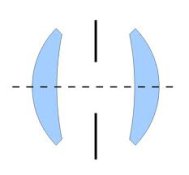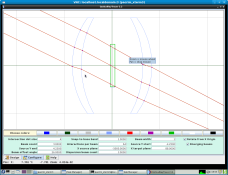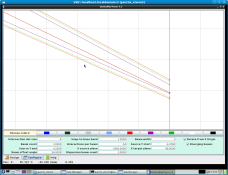Niebylsamwlesie
Member
- Joined
- Dec 13, 2012
- Messages
- 9
- Format
- Medium Format
Hi
I have a simple question. I've got two +1 lenses and I'd like to make periscope type lens +2 diopters.
It is quite simple, just two parallel lenses, but what should be distance between them?
greetings
JW
I have a simple question. I've got two +1 lenses and I'd like to make periscope type lens +2 diopters.
It is quite simple, just two parallel lenses, but what should be distance between them?
greetings
JW



 )
)

